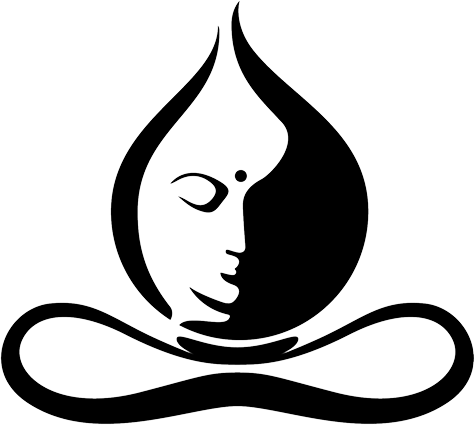Short answer: No, you don’t need to adjust your birth time to a traditional Chinese time zone when casting a Zi Wei Dou Shu chart—and here’s why.
🔮 Zi Wei Dou Shu Uses Symbolic Time, Not Astronomical Time
Zi Wei Dou Shu, rooted in ancient Chinese metaphysics and influenced by early Indian and Greek astrology, has evolved into a symbolic system. While its early foundations may have referenced celestial bodies, its modern form does not rely on physical planetary positions.
Instead of tracking real-time astronomical coordinates, Zi Wei Dou Shu interprets “virtual stars”—symbolic energies aligned with metaphysical principles from the I Ching (易经) and Taoist cosmology. These stars are not observable in the sky; they are conceptual markers used to reflect a person’s fate and life path through energetic time cycles.
🧠 Key Insight: Zi Wei Dou Shu is not astronomy—it’s metaphysics.
Therefore, there’s no need to adjust your birth time for longitude, solar time, or time zone changes.
Simply use the local standard time recorded at your place of birth.
🕒 When Might Birth Time Rectification Be Necessary?
Although most charts can be cast using recorded birth time, there are a few special cases where rectification (adjustment) is helpful to ensure accuracy:
1. Time Zone Boundaries
If you were born near a time zone border (e.g., between two provinces or states with different time standards), the recorded time may deviate slightly from actual solar time. A small adjustment could affect hour-based palace placement.
2. Countries with Single Time Zone Across Broad Geography
In countries like China or Malaysia, one official time zone is used nationwide, despite spanning multiple solar zones. In these cases, true solar time may be significantly different from the official clock time. Rectification can provide clarity.
3. Daylight Saving Time (DST)
If your birth occurred during daylight saving time, you may need to subtract one hour to reflect standard time, depending on the local DST policy at that time.
4. Birth at Hour Segment Boundaries
Chinese time divides the 24-hour day into 12 symbolic “Earthly Branch” hours, each lasting two modern hours:
| Chinese Hour | Modern Time |
|---|---|
| 子 (Zi) | 11:00 PM – 1:00 AM |
| 丑 (Chou) | 1:00 AM – 3:00 AM |
| 寅 (Yin) | 3:00 AM – 5:00 AM |
| 卯 (Mao) | 5:00 AM – 7:00 AM |
| 辰 (Chen) | 7:00 AM – 9:00 AM |
| 巳 (Si) | 9:00 AM – 11:00 AM |
| 午 (Wu) | 11:00 AM – 1:00 PM |
| 未 (Wei) | 1:00 PM – 3:00 PM |
| 申 (Shen) | 3:00 PM – 5:00 PM |
| 酉 (You) | 5:00 PM – 7:00 PM |
| 戌 (Xu) | 7:00 PM – 9:00 PM |
| 亥 (Hai) | 9:00 PM – 11:00 PM |
If someone is born right near the beginning or end of one of these intervals, minor differences (like a few minutes) could shift the palace layout. Rectification in these cases helps confirm the correct chart structure.
🔍 How I Perform Chart Rectification
When rectification is required, I perform a structured chart verification process, comparing possible chart configurations with major life events:
- Childhood environment & family structure
- Educational path or early talents
- Key relationships (e.g., parents, spouse, partners)
- Relocations, career shifts, or business ventures
- Health crises, surgeries, or transformative periods
- Births of children or significant spiritual changes
I analyze how well each potential chart matches the timing, nature, and quality of these events using Zi Wei Dou Shu’s system of major stars, decade phases (大限), and Four Transformations (化星).
This ensures the final chart is not just mathematically accurate—but energetically aligned with the person’s actual lived experience.




